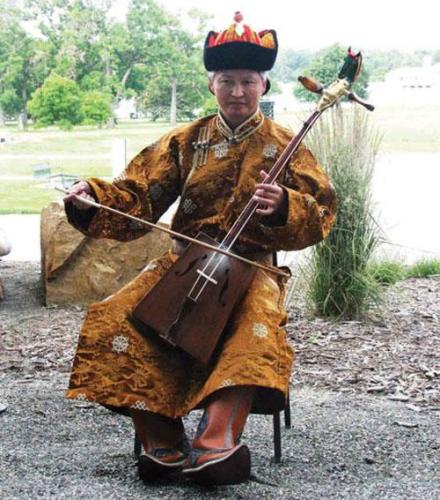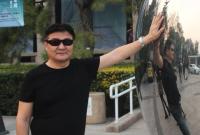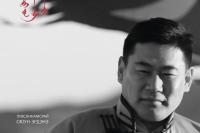Энэ 7 хоногт
Mongolian culture comes to Laramie
A virtuoso Mongolian musician will perform traditional music tonight at the University of Wyoming Art Museum.

A virtuoso Mongolian musician will perform traditional music tonight at the University of Wyoming Art Museum.An Evening with Ariunbold Mijiddorj, Mongolian morin khuur artist, will begin at 7:30 p.m. tonight at the UW Art Museum. Admission is free and open to all.
Mijiddorj, a distinguished carrier of tradition and virtuoso musician from Mongolia, assisted by pianist Lisa Rickard and members of the Wyoming Mongolian community, will present Mongolian material items including clothing and the morin khuur, a distinctive and visually symbolic musical instrument that resembles a horse-head fiddle.
“Morin khuur is one of the masterpieces of the Oral and Intangible Heritage of Humanity as identified by UNESCO (United Nations Educational, Scientific and Cultural Organization),” Rod Garnett, UW professor of music, said. “Mijiddorj will discuss the history and characteristics of the instrument, stories surrounding it, its role in Mongolian culture and history and playing techniques.”
Mijiddorj performed in Mongolia and internationally for 20 years with the Mongolian National Folk and Dance Ensemble. He studied at the Music College of Ulaanbaatar, Mongolia, and has lived in Boulder, Colo., for the past seven years.
Members of the public will have an opportunity to meet and interact with Mijiddorj and members of the Laramie Mongolian community following the event.
This event is sponsored by the Wyoming Arts Council, the Wyoming Council for the Humanities, the University of Wyoming Department of Music and the Laramie Mongolian community.
The morin khuur is a significant symbol in Mongolia because it embodies the horse, which is greatly cherished in Mongolian culture. The strings are made from the hairs of a horse’s tail and are strung upright to the horse head–shaped tip of the instrument. The morin khuur is an important part of ceremonies and is played using a variety of techniques, generally for solo performance, and to accompany long songs, stories and dances.
Mijiddorj performed most recently at the Denver Museum of Nature and Science as a part of the Genghis Khan exhibit, where visitors experienced life in 13th-century Mongolia. The performers, including Mijiddorj, were members of the Denver-based Mongolian Cultural Center for the Arts (MCCA).
The “MON-AEL” (MCCA) was founded by Tsogtsaikhan Mijid in 2003 in Denver, according to the organization’s Web site. It is the vision of the MCCA to unite the Mongolian artists throughout the United States in forming a group focused on bridging together the Mongolian cultural arts and the world.
The MCCA is dedicated to introducing and preserving the performing and visual arts of Mongolia through traditional and contemporary art practices to promote the understanding and appreciation of the dynamic and diverse cultural heritage of Mongolia. The MCCA showcases a wide range of fine art exhibits as well as performance shows. Since its inception, the MCCA has performed and exhibited at numerous venues throughout the United States.






